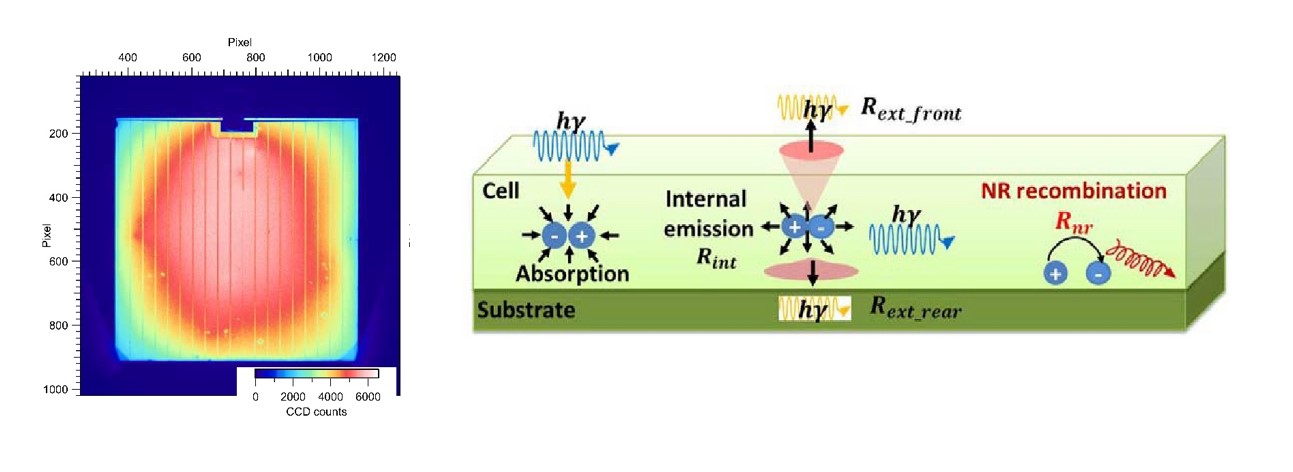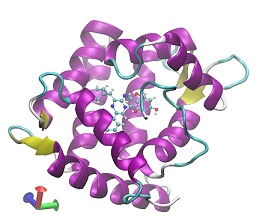1.Device physics of gain-switched semiconductor lasers and solar cells
(利得スイッチング半導体レーザーおよび太陽電池のデバイス物理)
2.Many-body interactions and non-equilibrium properties of low-dimensional electron-hole systems in clean semiconductor quantumwires and wells
(高品質半導体量子細線および井戸における低次元電子正孔キャリアの多体相関と非平衡性)
3.Material physics and development of high-quality semiconductor nano-structures via microscopy
(半導体量子構造およびデバイスの作製、高品質化、構造評価、顕微分光計測、画像計測)
4.Bioluminescence of firefly, jelly fish, sea firefly, etc. and bio/chemiluminescence measurement standards
(ホタル・クラゲ・ウミホタルなどの生物発光と生物化学発光計測標準)
サイズや形に依存して変化する量子力学的な物性の光学的な理解と制御を目的として、 半導体量子ナノ構造の分光手法の開発と実践に取り組んでいます。研究手法の三つの柱として、①マイクロメートル〜サブマイクロメートル空間でのレーザー分光・光学技術を開発すること、②試料の特性評価のための基礎分光を行い、新しい試料の開発に寄与すること、③測定結果に基づいたナノ構造設計と、高品質薄膜成長技術を用いた試料作製を行っています。
Advanced laser spectroscopy on the basis of lasers and microscopy is developed and applied to nanostructured semiconductor, in order to understand and control their optical properties quantum mechanically, which vary with their size and shape. We are challenging to clarify the quantized physics in semiconductor devices by follows; ①development of laser spectroscopy and optical technology in μm – sub μm space, ②spectroscopic measurement of device characteristics, ③new nanostructured design based on the experimental results and fabrication of the samples by molecular beam epitaxy growth.
「定量発光計測による太陽電池の特性・性能診断と最適構造設計」
太陽電池は太陽光を電気エネルギーへと変換する電子デバイスであり、そのエネルギー変換効率向上を目指した研究・開発が精力的に進められています。私たちは、「物理学」の観点から、高効率化に向けた太陽電池の動作特性の解明に取り組んでいます。非輻射損失過程を含むより現実的な物理デバイスモデルを考えた動作特性の定式化と、それを基にした高効率多接合太陽電池の最適構造設計指針を提案してきました。また、LED動作下での定量EL発光効率測定による多接合太陽電池のサブセル性能診断法を開発しました。この手法を用いた高品質III-V族半導体多接合太陽電池のサブセル特性評価や、その放射線照射損傷による性能劣化機構の解明に向けた実験的研究を進めています。
Solar cells, or photovoltaic cells are the electronics devices which convert
the energy of sunlight into electricity, and researches and developments
aiming at achieving higher energy-conversion efficiencies have been intensively
advanced. We are engaged in the elucidation of operation properties of
the solar cells from the viewpoint of “Physics”. We formulated operation
properties considering realistic device models and proposed design principles
for improvement. In addition, we have developed a sub-cell diagnostic method
based on absolute electroluminescence-efficiency measurements under LED
operation for multi-junction (MJ) solar cells. Using this method, we are
now studying the sub-cell properties of high-quality III-V semiconductor
MJ solar cells and the degradation mechanisms of their performance by radiation-irradiation
damage.


自然界には、化学反応を巧みに利用し、高い効率で光を発する生物が存在します。このような現象において、発光を担う分子の励起状態はどのように形成されるのでしょうか。また、なぜ高効率での発光が可能なのでしょうか。私たちは、ホタル、オワンクラゲ、ウミホタルを対象とし、物理学の研究を通して培ってきた精密な分光手法を駆使することで、生物発光の謎に挑んでいます。
Luminous organisms harness chemical reactions in a sophisticated manner to emit light. How are excited states of light-emitting molecules prepared? What kind of chemical and physical processes underpin high efficiency of such reactions? Our challenge is to answer these questions employing state-of-the-art spectroscopy that have been developed so far in the field of material physics and optics. We are now primarily working on fireflies, jellyfish, and sea-fireflies.


